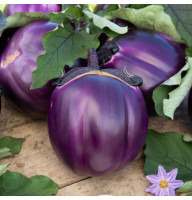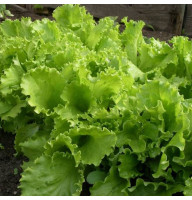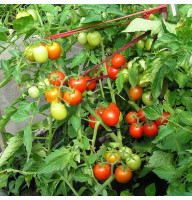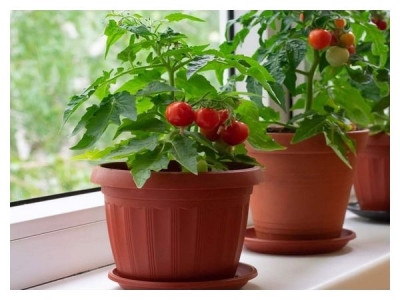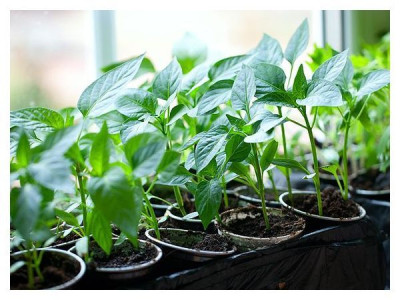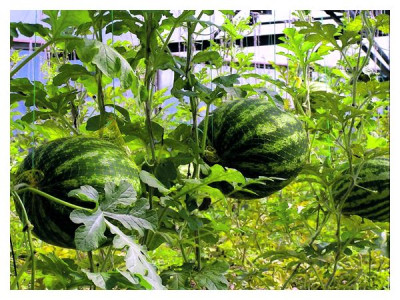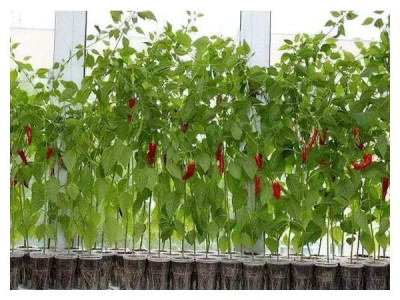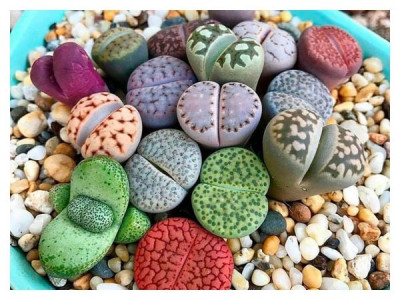You might be surprised how easy it is to grow an entire vegetable garden in containers - no matter where you live or how big your yard is! You don't need a big backyard or big garden to grow fresh produce. In fact, if you have a porch, porch, or patio that receives daily sunlight, you can grow almost all of your favorite vegetables.
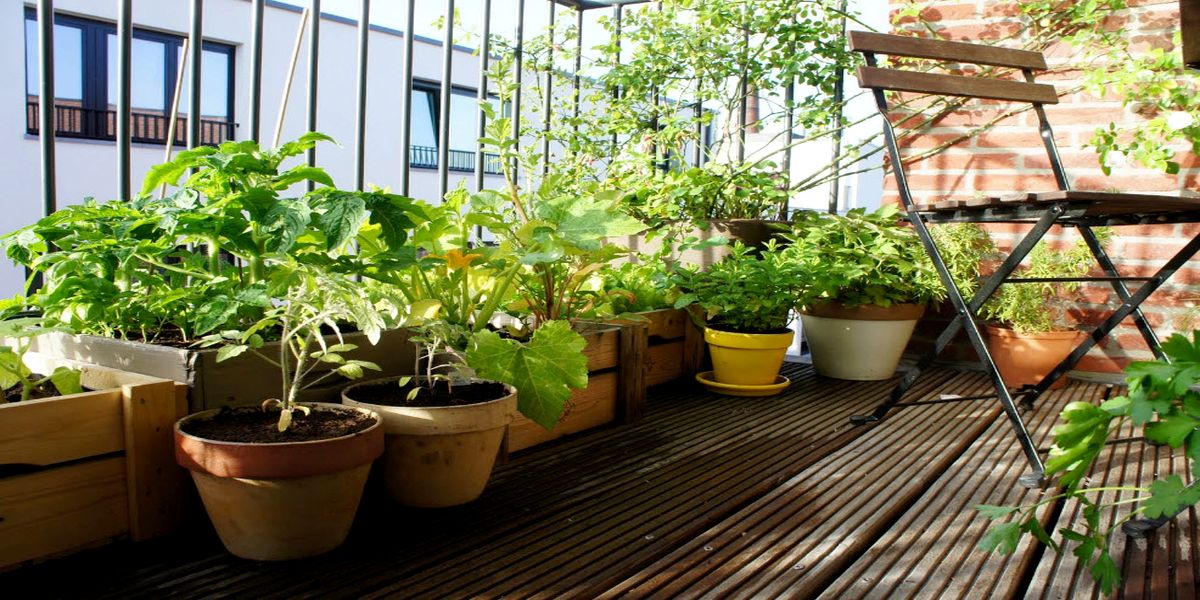
Even if you are not a happy owner of a garden or summer cottage, you can grow fresh vegetables throughout the summer.
How to grow useful crops in containers so that you can not only admire fresh herbs, but also harvest your favorite vegetables?
Benefits of growing vegetables in containers
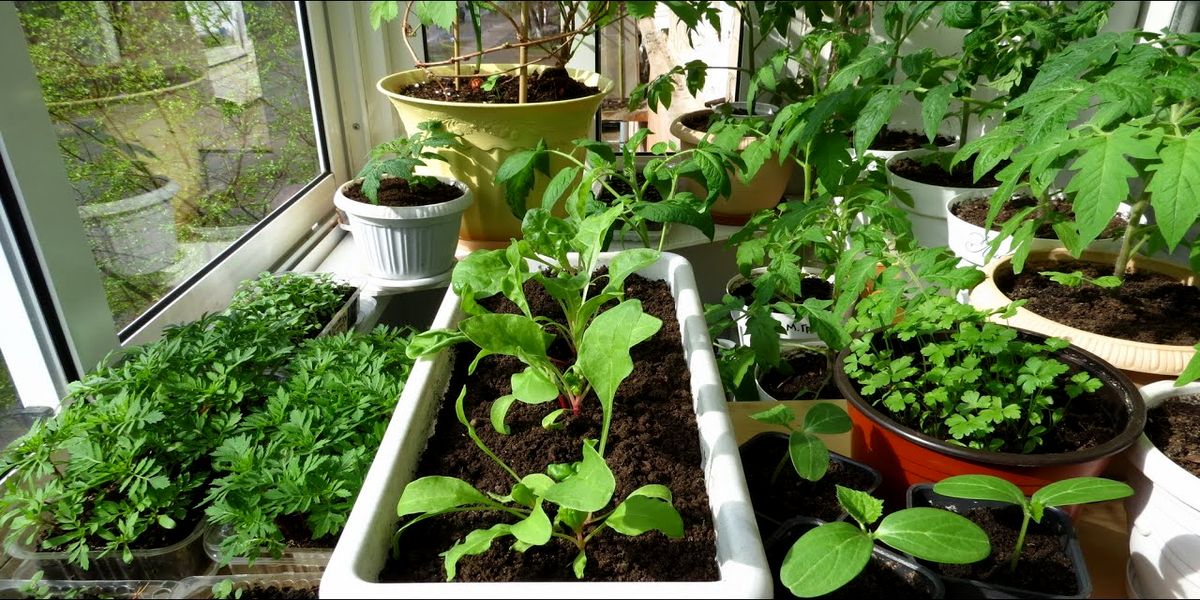
Container gardening has many additional benefits beyond simply growing in a smaller area.
It's also a great way to enjoy gardening for those who can't handle the physical demands of a traditional garden plot.
And with fewer weeds and easy access to them, container gardening is a great choice for those with limited time.
After all, containers can be planted quickly. And watering and caring for them in most cases takes only a few minutes a day.
But if all that's not enough, growing a few vegetables in pots and containers on your patio provides easy, quick access to fresh produce.
Many gardeners with large backyard gardens still grow vegetables in containers on patios and terraces. For what?
Just to have them on hand in case of need. Not only do they provide quick access to food, but they also add some color and greenery to the space.
5 secrets to growing vegetables in containers

So how easy is it to grow vegetables in containers? In fact, success comes down to following 5 simple yet key tips.
Here are the top 5 secrets to success when growing vegetables in containers.
Choosing the right plants for container growing
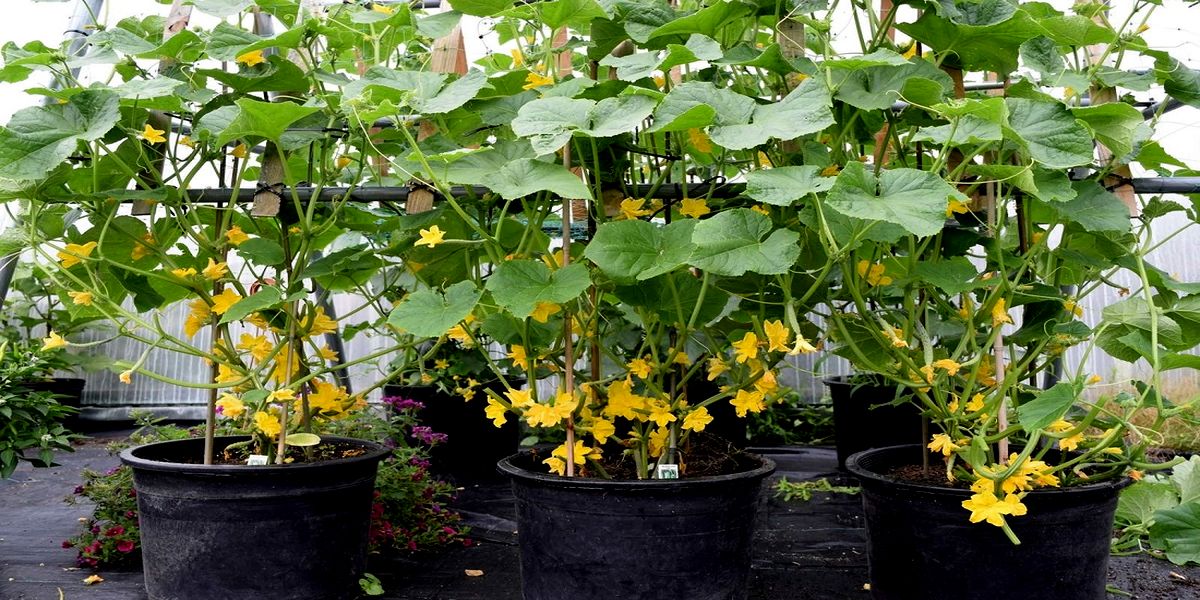
The success of container growing starts with choosing the right plants.
In conditions of limited soil space, it is important to choose vegetable plants and varieties with a more compact form of growth.
In addition, plants that can be easily tied to a trellis or support are well suited.
Of course, it all depends on the size and shape of the container (tip #2) you'll be growing the plants in, but as a general rule, small varieties grow best in pots.

An example is tomatoes.
When choosing small to medium tomato varieties such as San Marzano, Roma or Cherry, there is enough soil and space for them to grow without problems.

The same advice applies to peppers, cucumbers, zucchini and other vegetables. For best success, choose shorter, bushy varieties with compact growth.
By the way, even potatoes can be grown in containers!
Choosing the right container

What you grow vegetables in is just as important as the plants themselves.
Avoid containers with a shallow supply of soil. They simply do not have enough space for the full growth of the roots.
Much depends on what exactly you will plant.
For growing lettuce and small greens, you should look for pots and containers with a depth of at least 15-30 centimeters.
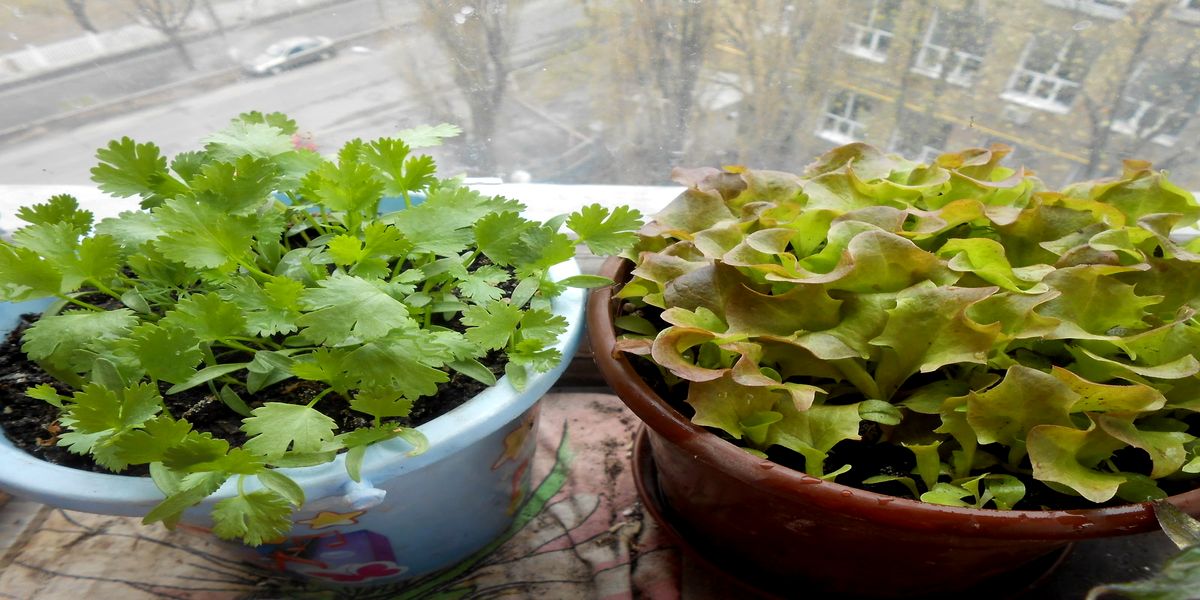
Lettuces and greens are among the easiest to grow in pots.
They don't require a lot of soil depth, so you can choose small containers and grow a wide range of varieties.
Just remember to harvest and rotate plantings in new containers so that fresh greens will delight you all summer long!
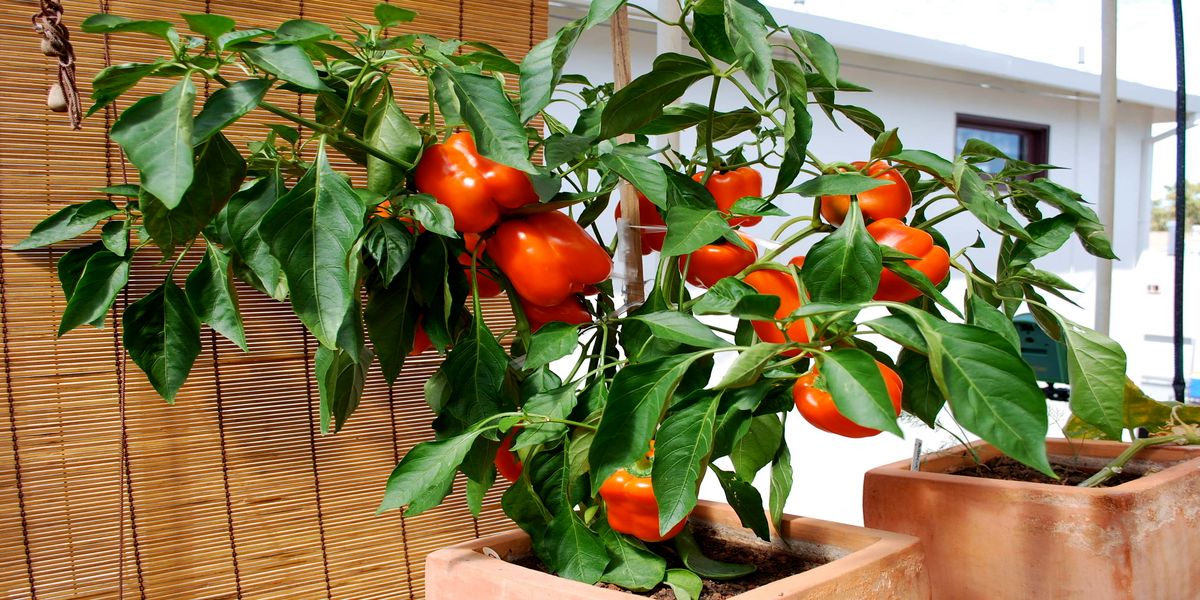
When it comes to growing large vegetables such as tomatoes, peppers and cucumbers, the larger the container, the better.
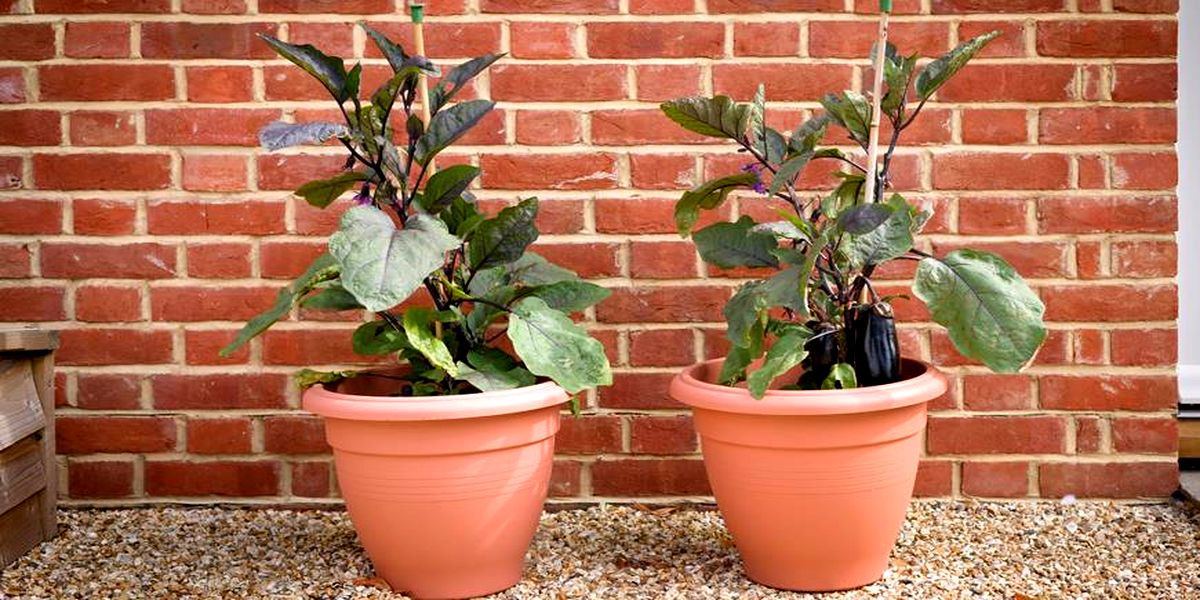
For larger plants, choose pots and containers that are at least 30 centimeters deep and at least 25 centimeters wide.
Almost anything is suitable for growing vegetables in containers: old and new barrels, wooden boxes, pots, galvanized buckets and large tin cans, stone and tin baths, baskets, clay and plastic pots, flowerpots and even bags from under the ground and etc.
Provide good drainage in containers

Now that you have the right plants and the right size container, you need to ensure good drainage.
In fact, proper drainage in containers is one of the most important keys to success.
If the plants cannot drain excess water, they simply will not feel good. Whatever container you choose, make sure it has plenty of drainage holes.
If they don't exist, create your own. Use a 1/2" or 3/4" drill bit to make four to five holes in the bottom of the containers. Then put a thin layer of gravel on the bottom to keep the holes from getting clogged with earth.
Pine bark is one of the best bottom drainage options that can be used for several years. They keep soil from compacting in drainage holes and make buckets lighter than rocks.
Provide your plants with excellent potting soil
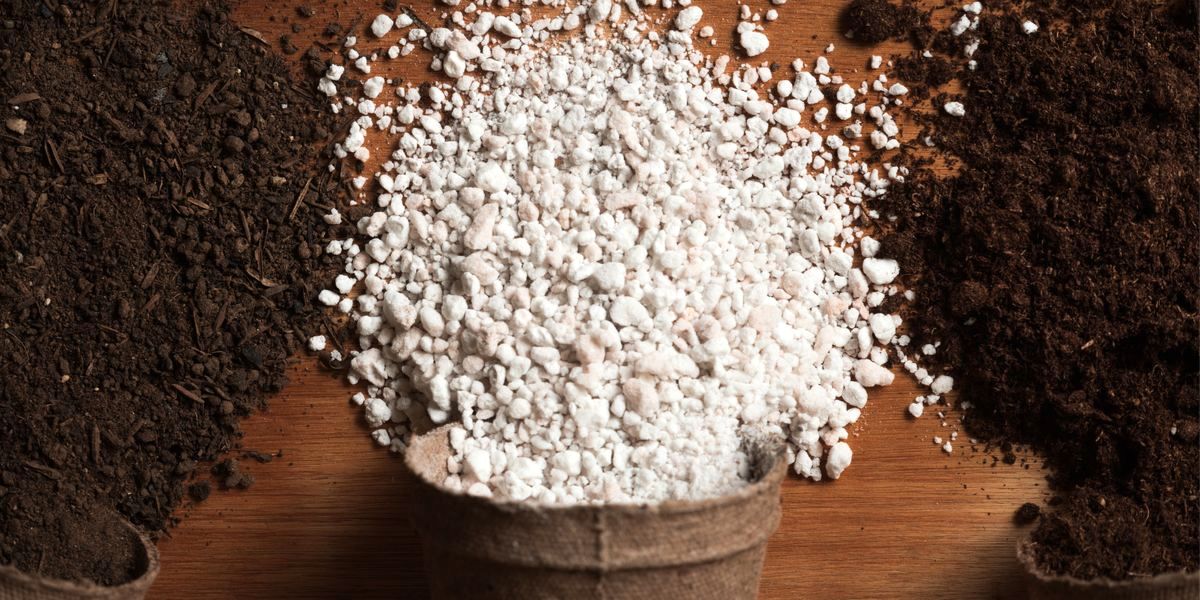
Whatever you do, plant your plants in good soil! Plants in containers simply won't grow well in regular garden soil.
Ordinary soil simply doesn't have enough nutrients to provide plants with the energy they need to grow.
Start with a quality potting mix, or create your own with an equal mix of sand, ground topsoil, compost, and perlite.
Adding vermicompost to the mixture is also a great idea. It is an ideal slow release fertilizer that helps nourish plants as they grow.
In conclusion, when growing plants in containers, it is necessary to apply a little natural fertilizer every few weeks.
To do this, you can use compost tea or an infusion of biohumus, once every few weeks, which has a wonderful effect on the growth and development of plants.
Proper watering of plants in containers
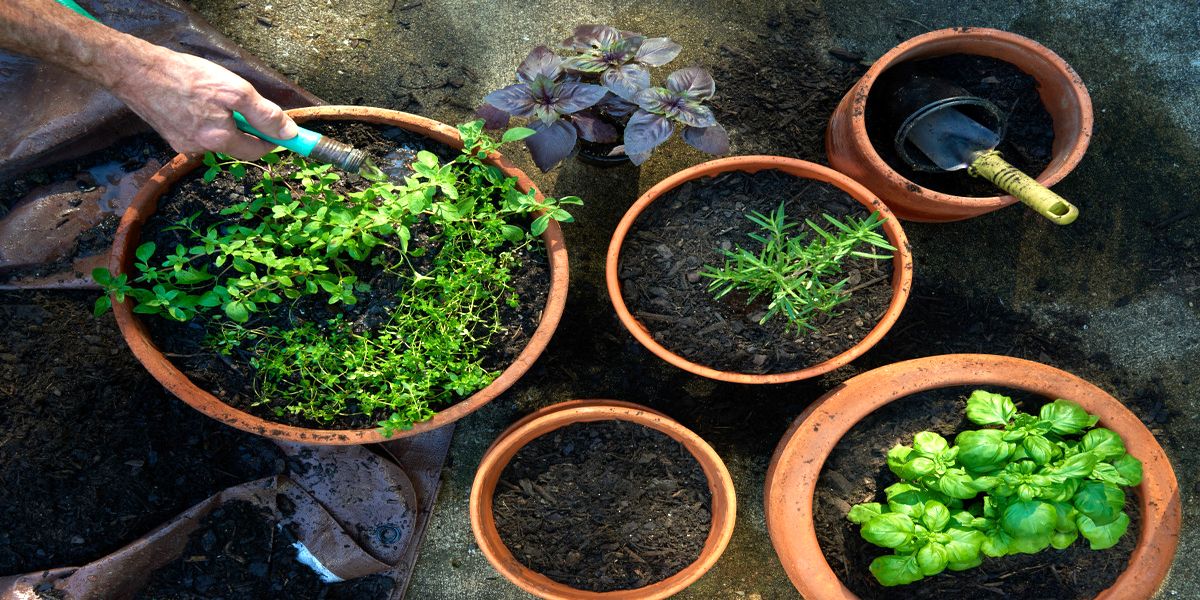
And last but not least, the condition for success is the constant watering of container plants.
Container plants dry out much faster than regular garden plants. The sun and wind quickly carry away moisture, and the plants are thirsty.
Mulch the soil in the container if necessary.
If the plants dry out too often and for too long, the resulting stress can lead to limited flowering and yield. In addition, plants may become more susceptible to diseases and pests.
But at the same time, it is important not to overdo it with watering. The main thing is to regularly monitor the watering of plants.
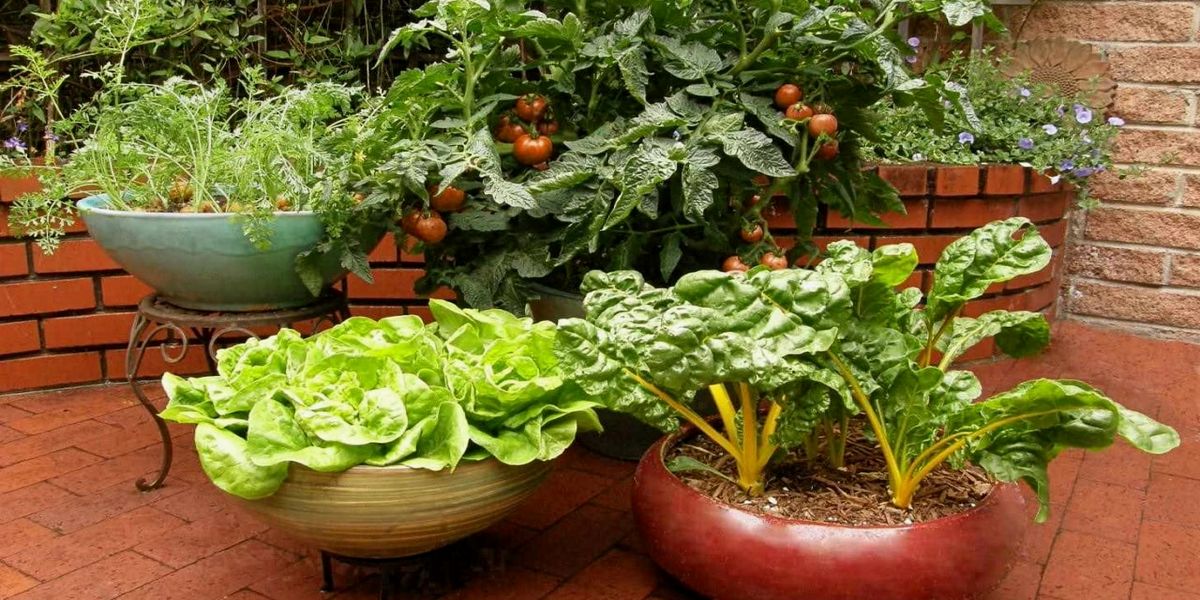
Most vegetable plants need to be watered daily, and some even twice a day as they grow larger towards the end of the season.
To check, dip your index finger into the pot about 1 cm. If it turns out to be dry, then it's time to water.
If there is moisture or dirt sticking to the skin, then leave it as is.


